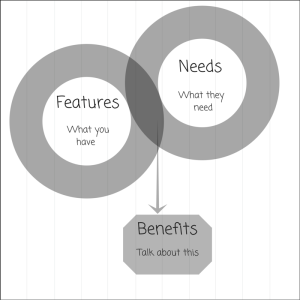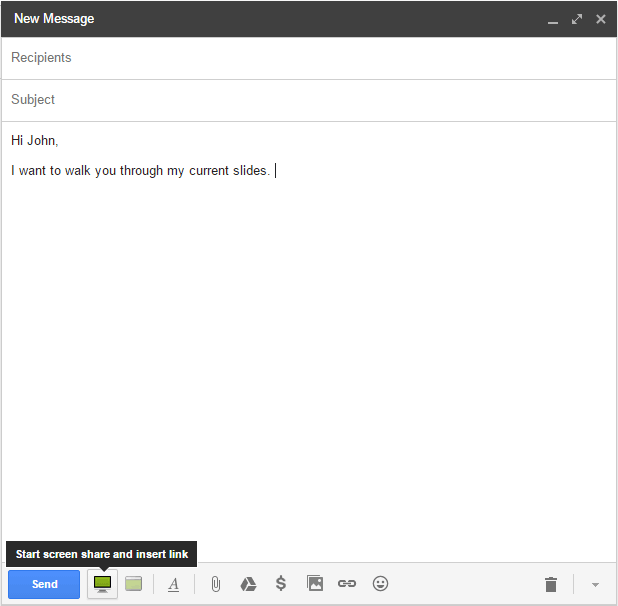Be it online or offline, the demo is a crucial part of the sales process. It is your big opportunity to demonstrate the benefits of your product to your prospects. You’ve already spent a lot of time and effort on getting a meeting scheduled with your prospect, so you want to be sure to make the most of it.
Below are 5 practical tips for giving better online sales demos that will get you one step closer to closing the deal.
1. Pick the right tools
Giving a great online sales demo starts with having the right tools. To get started, you will need:
- A scheduling tool for scheduling your demos
- An audio solution so that you can speak to your prospects
- A good headset so you can keep your hands free to give the demo
- A screen sharing tool so you can show your prospects your product or presentation
- A CRM tool for managing your prospects and ensuring that you don’t miss following up with any of them
Quick Tip:
Unless you have a really fast Internet connection, avoid using VoIP for your audio solution if you are going to be screen sharing at the same time. Since both use a lot of bandwidth, using VoIP and screen sharing at the same time could reduce the quality of both.
2. Figure out the goal of your demo
After you have selected your tools, you will next need to figure out what you want to accomplish with your demo. What action do you want your prospect to take after your demo? Keeping your goal in mind will help you to focus your demo on what matters most.
Let’s give it a try:
Write what you want to achieve from your demo in the space below.
After my demo, I want the prospect to __________________.
(e.g. purchase the product, sign up for a trial, schedule a meeting with other stakeholders)
3. Highlight benefits, not features

Your product is awesome and has a ton of features. Great! It’s natural to want to talk about everything that your product does. But wait…you may be overwhelming your prospects with too much information!
Your prospects are only interested in one thing: how you are going to solve their problems. Before you start demoing your product, you need to understand what your prospects’ problems are (their pain points). You can research this information before the demo or (even better) ask them about them at the beginning of your demo. Once you understand their pain points, you can better talk about the benefits of your product and how it will address their pain points. This will be much more effective than blindly going through a laundry list of features.
Remember:
Understand what your prospects need so that you can demonstrate how they can get it through your product.
4. Give your prospects time to speak
Effective sales is all about asking the right questions and then shutting up and listening.
Do not spend the entire time showing your demo. Keep some time at the beginning to learn more about the prospects and their needs so you can tweak the demo if necessary to better touch upon their pain points. You want to also leave time at the end for answering any questions that your prospects have.
If you go into a demo with the idea that you are just going to do all the talking and achieve what you want, it’s going to be a struggle. But if you go in with the idea that you are going to listen and try to understand your prospect, you’ll have a much better success rate.
5. Practice, practice, practice
All great demos take lots and lots of practice. Practicing not only means rehearsing what you’re going to say. It also means getting feedback from others on the content, delivery, and structure of the demo so that you can make it better.
It is also important that you simulate the demo as closely as possible: if you will be giving online demos, make sure that you’re not giving the demo in the same room as your practice audience and that you are using the tools that you will be using for your actual demos.
Your practice audience can be anyone: a colleague, a friend, or an acquaintance. Present the pitch as if you’re presenting it to the prospect and encourage your audience to be critical. The more feedback you get, the more opportunities you will have to make your demo better.
We’d love to help!
We at Screenleap know how important practice is. If you don’t have someone readily available to practice with, you can present to us! To schedule a practice session, just tweet us at @screenleap and let us know about your demo and what you would like feedback on.
Over to you
Put these tips into practice and you’ll be able to craft and deliver an excellent online sales demo. And, of course, if you need any help, just give us a shout. 🙂
Finally, we would love to learn from you. Share with us your favorite tips for giving better online sales demos in the comments.


